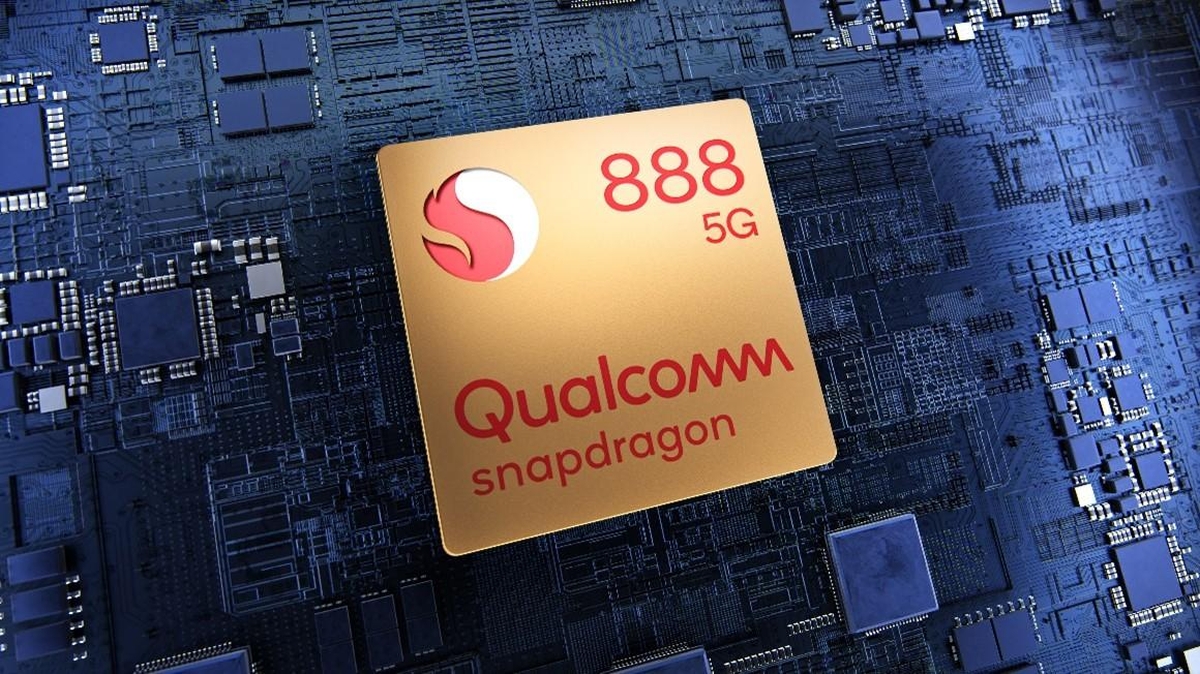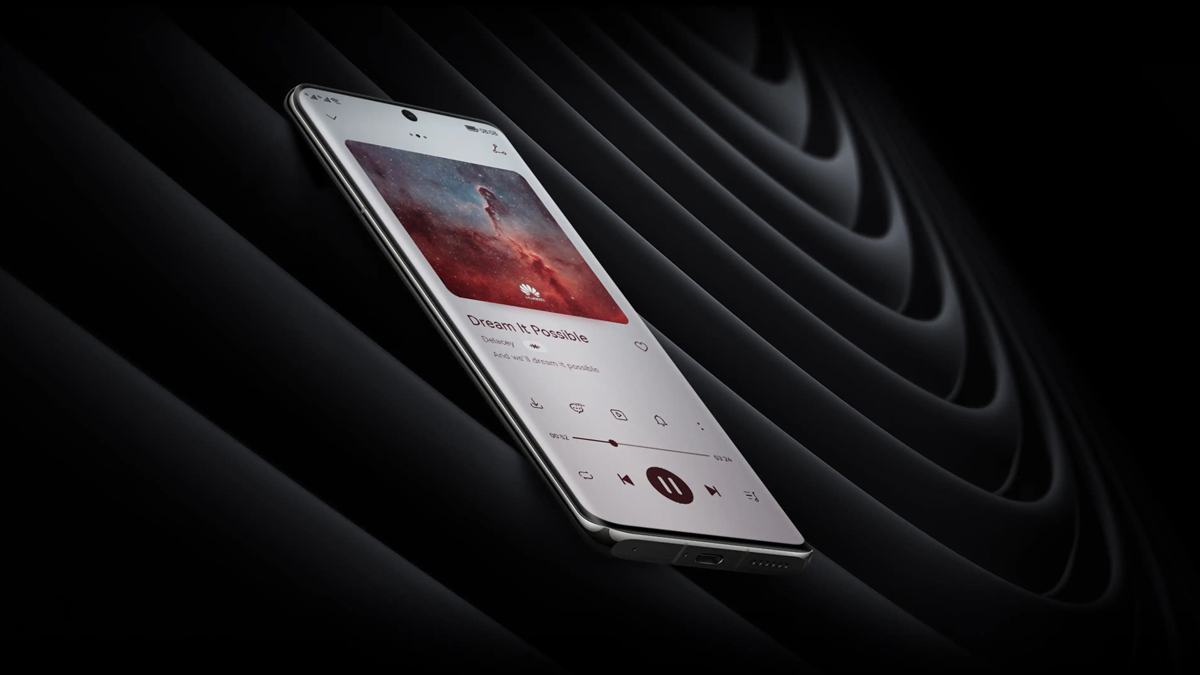Remember the Huawei P50? Huawei had launched it in China back in July, and featured the standard top tier specs one might find in a high-end smartphone, including the Qualcomm Snapdragon 888 system-on-chip. But oddly enough, it was limited to just 4G connectivity, with no support for 5G. As it turns out, it’s because that’s the only way to bypass the sanctions placed on them by the US govt.
For some context, back in 2020 the US govt extended their sanctions against Huawei to include barring them from manufacturing silicon that uses any US-based technology. Other companies meanwhile are also barred from exporting silicon with US-based tech back to Huawei. This includes contracting out manufacturing of chips that they’ve designed their own such as the Kirin SoCs. The trouble for Huawei of course stems from the US’ distrust of their 5G network equipment.
The sanctions however don’t stop Huawei from procuring non-5G capable silicon. As such, the Chinese giants managed to cut a deal with Qualcomm to get their Snapdragon 888 chips, but with the built-in 5G modems cut removed from the system-on-chip. This was how Huawei managed to power their P50 and P50 Pro devices with a top-of-the-line processor yet still stay in line with the sanctions put onto them.
With no end of the restrictions against them in sight, Huawei is set to continue this strategy of buying high-end silicon from Qualcomm with their 5G modems removed for now. According to Chinese leakster Digital Chat Station, Huawei will be looking to get more 4G-only chips once Qualcomm launches the upcoming Snapdragon 898 in the coming months. Previous leaks had indicated that the Snapdragon 898 will have an integrated X65 5G modem, but of course if Huawei does want to get their hands on them then their smartphones won’t include the modem.

It’s also likely not the only other processor that Huawei is planning to get from Qualcomm. Digital Chat Station claims that Huawei are also buying the Snapdragon 778G chips with their X53 5G modems removed too. These will likely end up in their more midrange offerings, such as the upcoming Huawei Nova 9. However, with their devices not offering 5G it will make them a tough sell. The recently launched Huawei Nova 8 for instance retails at RM1,899 yet lacks 5G, while for the same price you can get a Samsung Galaxy A52 5G with double the storage too at 256GB.
Regardless of your opinion of Huawei, it’s certainly interesting to see just how they’re navigating around the sanctions imposed on them. They’ve already developed and launched their own mobile operating system in the form of HarmonyOS and are now tackling their silicon shortage by going back to 4G for the time being. Nevertheless, Huawei remains in a tough spot and are no longer a top 5 smartphone brand in China. Just how long more they’ll persevere remains to be seen.


0 comments :
Post a Comment